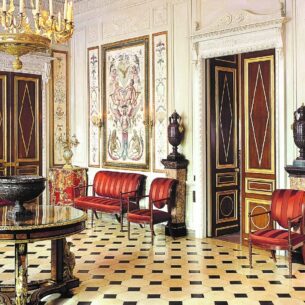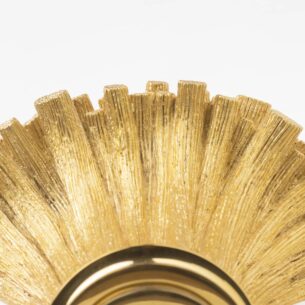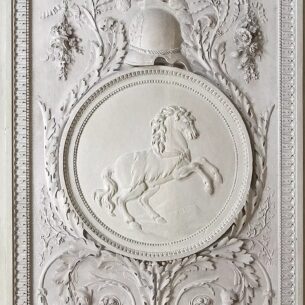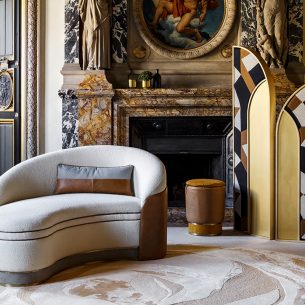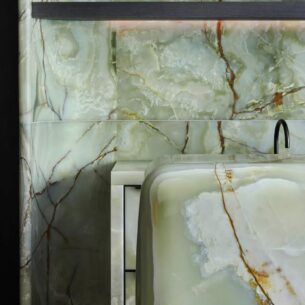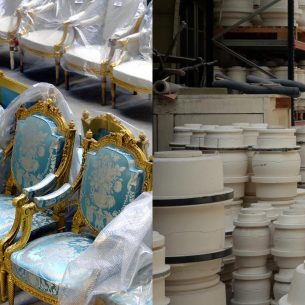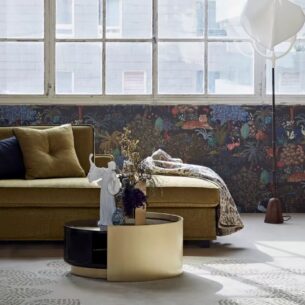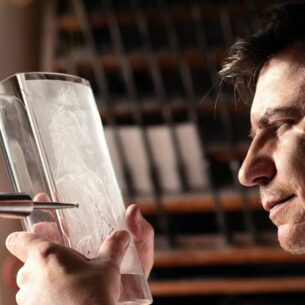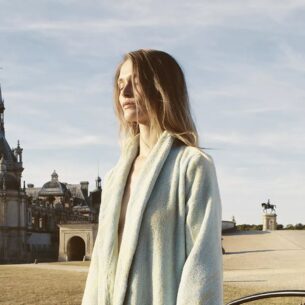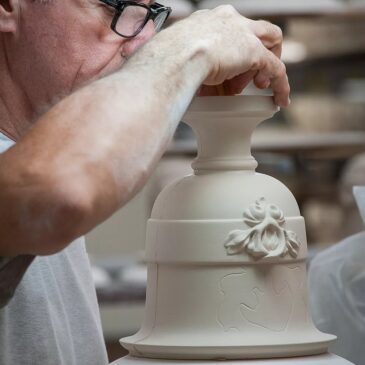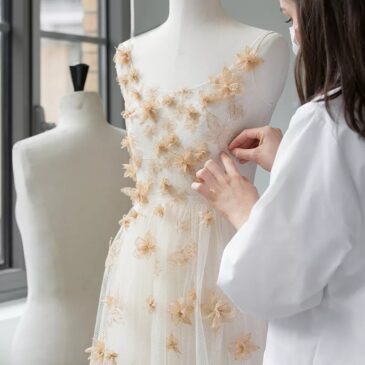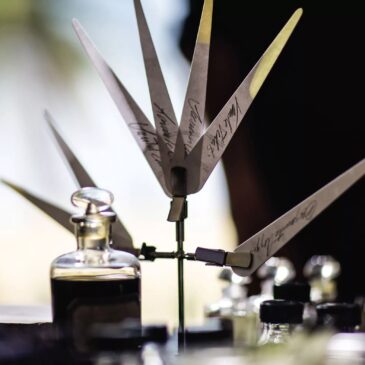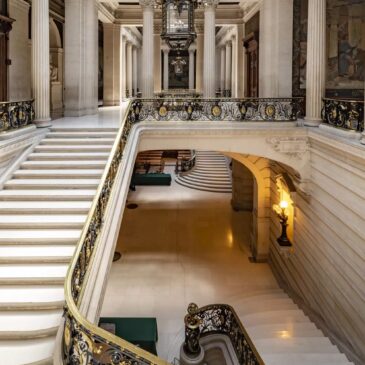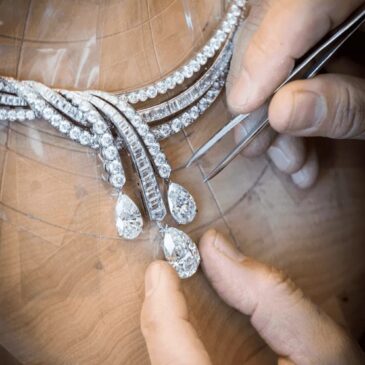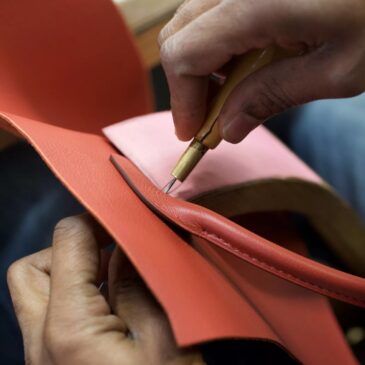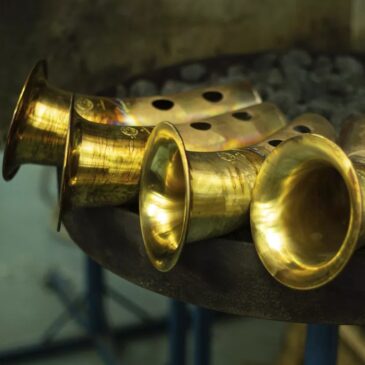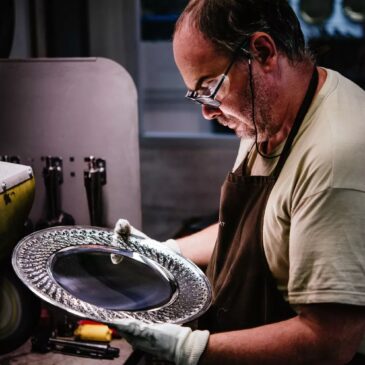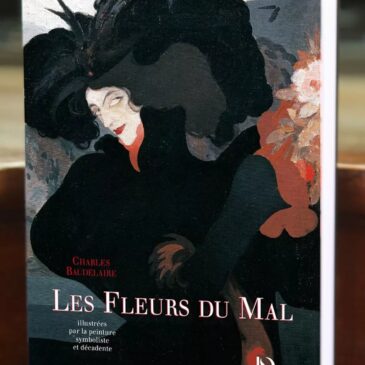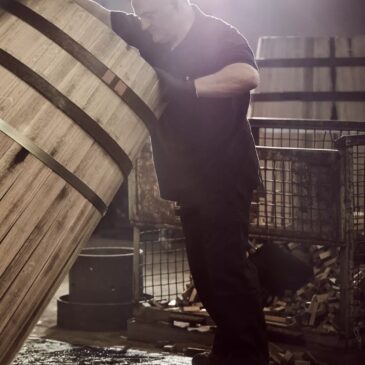Interior Design
Modern-day interior design and its trends cannot be considered without the prism of the history of the decorative arts, which still constitutes an area of French excellence today.
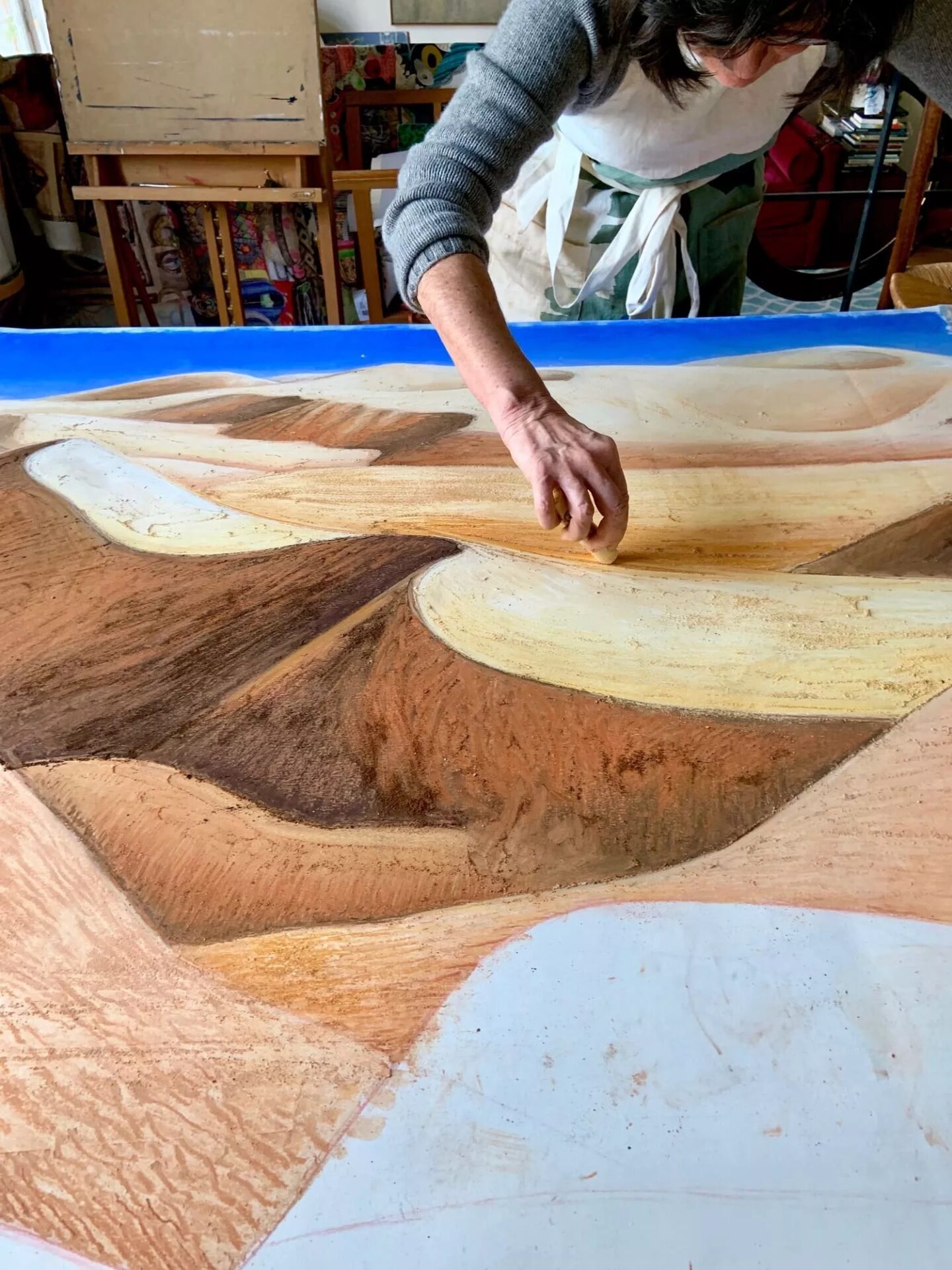
The aim: ornamentation
The term “decorative arts” concerns a variety of fields, such as cabinetmaking, ceramics, glassmaking, orfevrerie, mosaics, enamelwork, and many more. These are all areas in which France shone under the reign of Louis XIV, and then during the Régence and the First Empire with virtuoso artisans. Today, museums and historic monuments are home to stunning pieces by cabinetmaker Boulle and goldsmith Odiot, wallpapers by Dufour & Leroy, Sèvres ceramics, ironwork by Desouches, glassware by Emile Gallé, and so on. In Louis XIV’s court, painter Charles Le Brun was the first person to be appointed to the role of unifying the arts in order to create a national decorative art form to the glory of the king.
Art deco in the roaring twenties
France first displayed its excellence in the decorative métiers at the Exposition Internationale des Arts Décoratifs et Industriels Modernes, held in Paris in 1925 amid the agitation of the inter-war years. It was from this exhibition that art deco derived its name. This stylistic movement is characterised by fragmented geometric shapes and luxury materials and techniques (such as mahogany and lacquer), and was influenced by Egypt, Ancient Greece and Africa. Artists and architects like Chareau, Ruhlmann and Frank were highly sought after, even in the East.
Modernism
Alongside art deco, modernism, another artistic movement, also emerged, inspired by industrial aesthetics. For modernist furniture designers Perriand and Le Corbusier, the movement’s essential watchwords were “practicality”, “technicity”, “mass production”, and “new materials” (metal, Formica, etc.). During the prosperous thirty-year period following the Second World War, known as les Trente Glorieuses, the style grew more popular, driven by designers such as Pierre Paulin, Jean Prouvé, and Roger Tallon. Creating objects that harmoniously blend art and design, French architects, decorators and designers today have mastered the perfect synthesis of these two movements that are intrinsic to the excellence of French savoir-faire.
